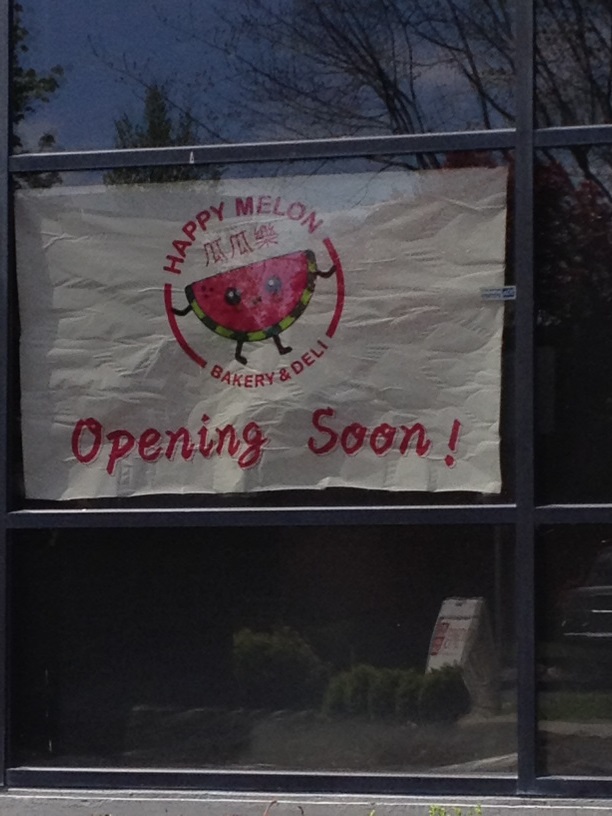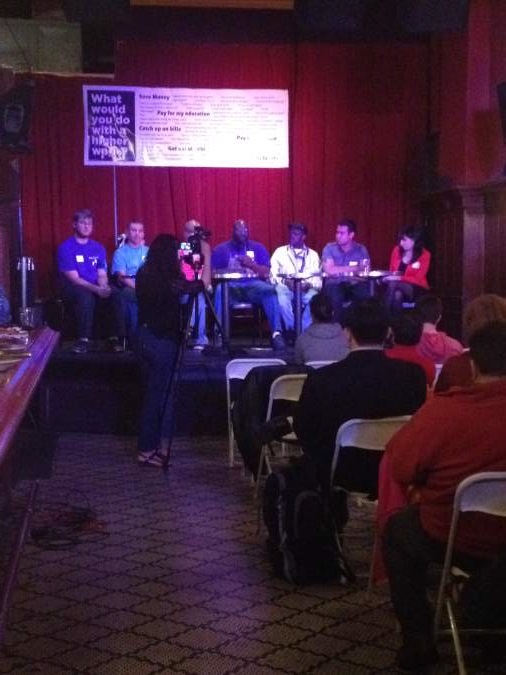When Mike Dye joined the Deep Sea Fishermen’s Union in the late 1970s, the organization had 300 members. Its current registry lists fewer than 100 crewmen representing just 15 boats.
But if the union’s membership has dwindled, its longevity is becoming more impressive: The Deep Sea Fishermen’s Union of the Pacific (DSFU) is now celebrating its 100th anniversary, marking its milestone this month with a bash that Dye promises will recall the Flatfish Balls that the union used to host in its heyday.
“Some people are very negative about the union and feel it has no influence whatsoever, but we’re still here,” Dye says. “We show up, we have a credible voice, and we’re carrying on the good work that’s gone before.”
The halibut industry was in nasty shape in 1912, when fishermen from three steamships gathered in a Seattle meeting hall to form the DSFU. Halibut were tough to find, and fishermen were forced to chase them through sometimes-fatal storms. The union’s founders demanded higher wages and safer working conditions, and led a number of strikes against boat owners, who organized themselves as the Fishing Vessel Owners Association.
Striking is one of many tactics that doesn’t readily translate from the shop floor to the open sea, Dye points out. “A boat is not a picketable thing,” he says. The industry’s fractious nature and relative invisibility have worked against union organizing; the DSFU is currently the only union in the U.S. representing crewmen.
Crewmen involved in other fisheries periodically ask DSFU members for organizing advice, but typically give up upon realizing how easily boat owners with a globe’s worth of willing workers can replace them. At sea as on land, interest in unions has tapered as new legislation has helped curb the worst labor abuses.
“Most of the union battles were won a long time ago,” Dye says. For the DSFU, those fights included the adoption of catch limits to stabilize halibut prices; the prohibition of bottom trawlers; and the re-establishment of the international boundary further offshore.
The DSFU once had offices in Vancouver and Petersburg, Alaska, but scaled back its operations as the Fishing Vessel Owners Association shrank. “A lot of people sold their boats and cashed out,” explains Dye.
Throughout the demographic changes, the DSFU has continued to represent members’ interests at meetings of the North Pacific Fishery Management Council. Dye recently returned from a council meeting in Anchorage. “One of the problems is the producers always want more, more, more,” Dye says. “They’ll brush away science. We very much back science and try to be protective of the fishery. The union is a political voice.”
Dye attributes the strength of the union’s voice to “Scandinavian rectitude” and its members’ tenacity. “You get things if you stay with it,” he says. “Fishing tests you like nothing else. You hate it when you’re doing it and you love it when you’re not doing it. Being out on the water for 18-, 19-hour days, the overwhelming pride you feel, it’s such a fulfilling, wonderful thing.”
This month’s party at the Waterfront Marriott is closed to the public, but the DSFU plans to issue a commemorative history later this year. “We’ll have a nice coffee-table book for the Christmas season,” Dye promises.








